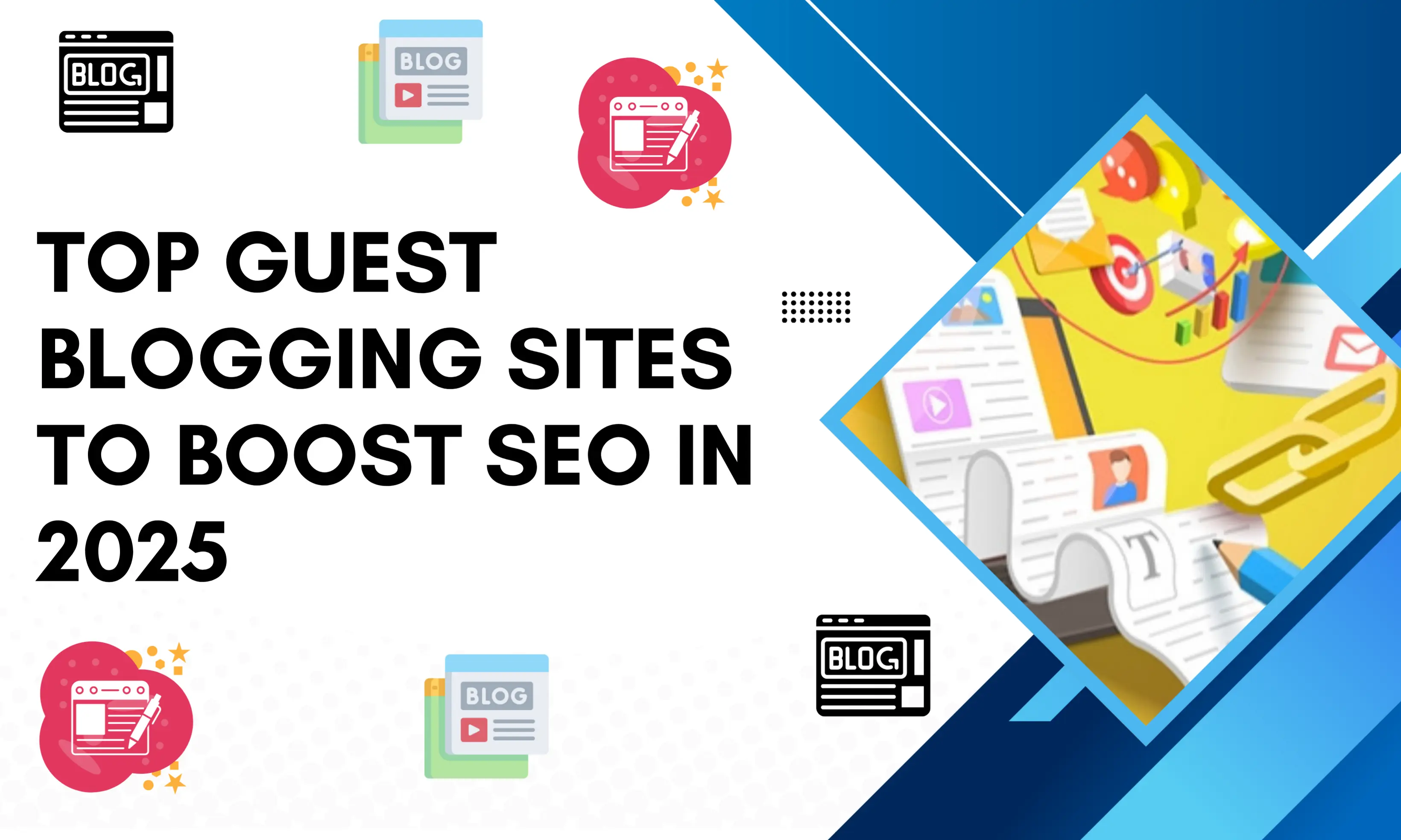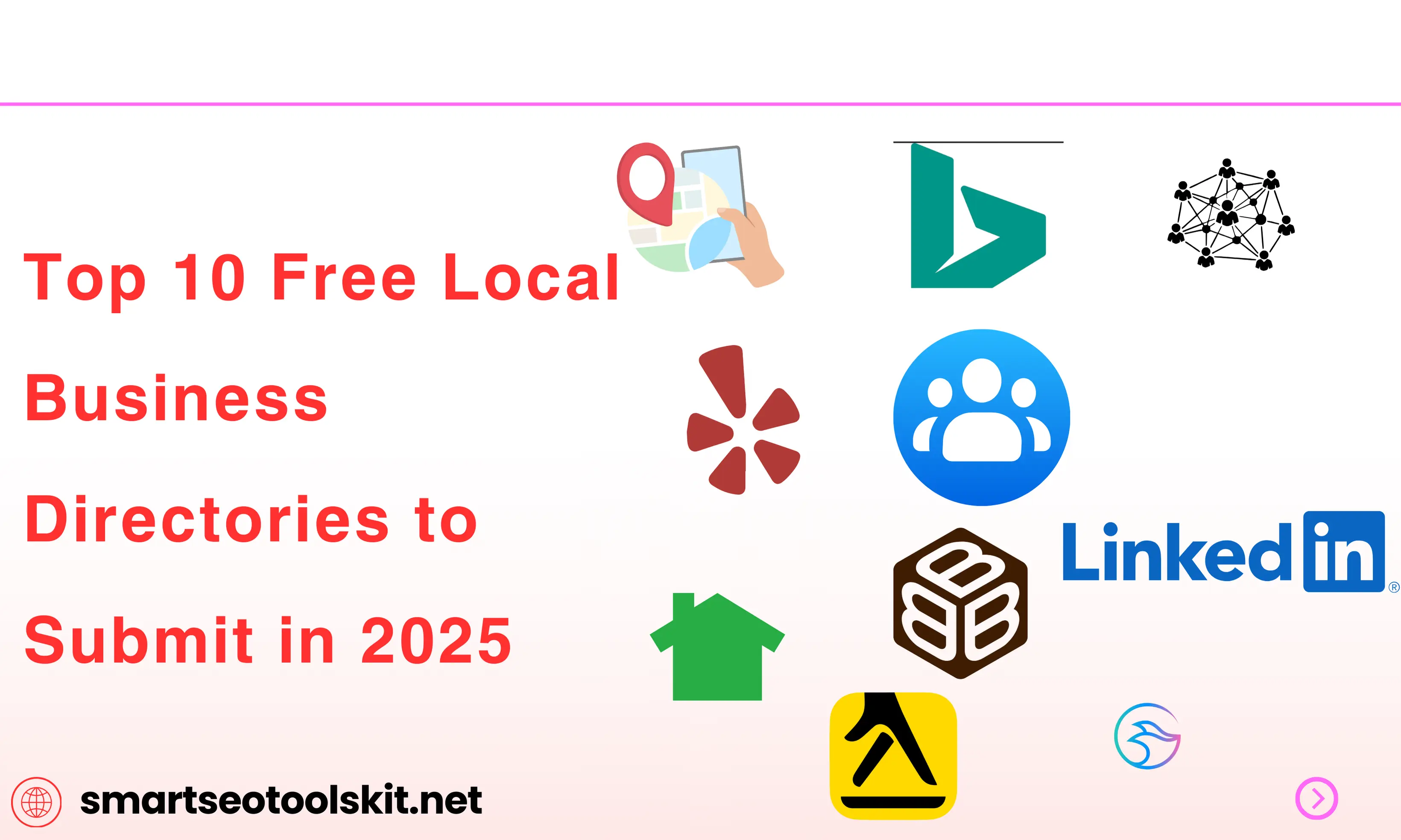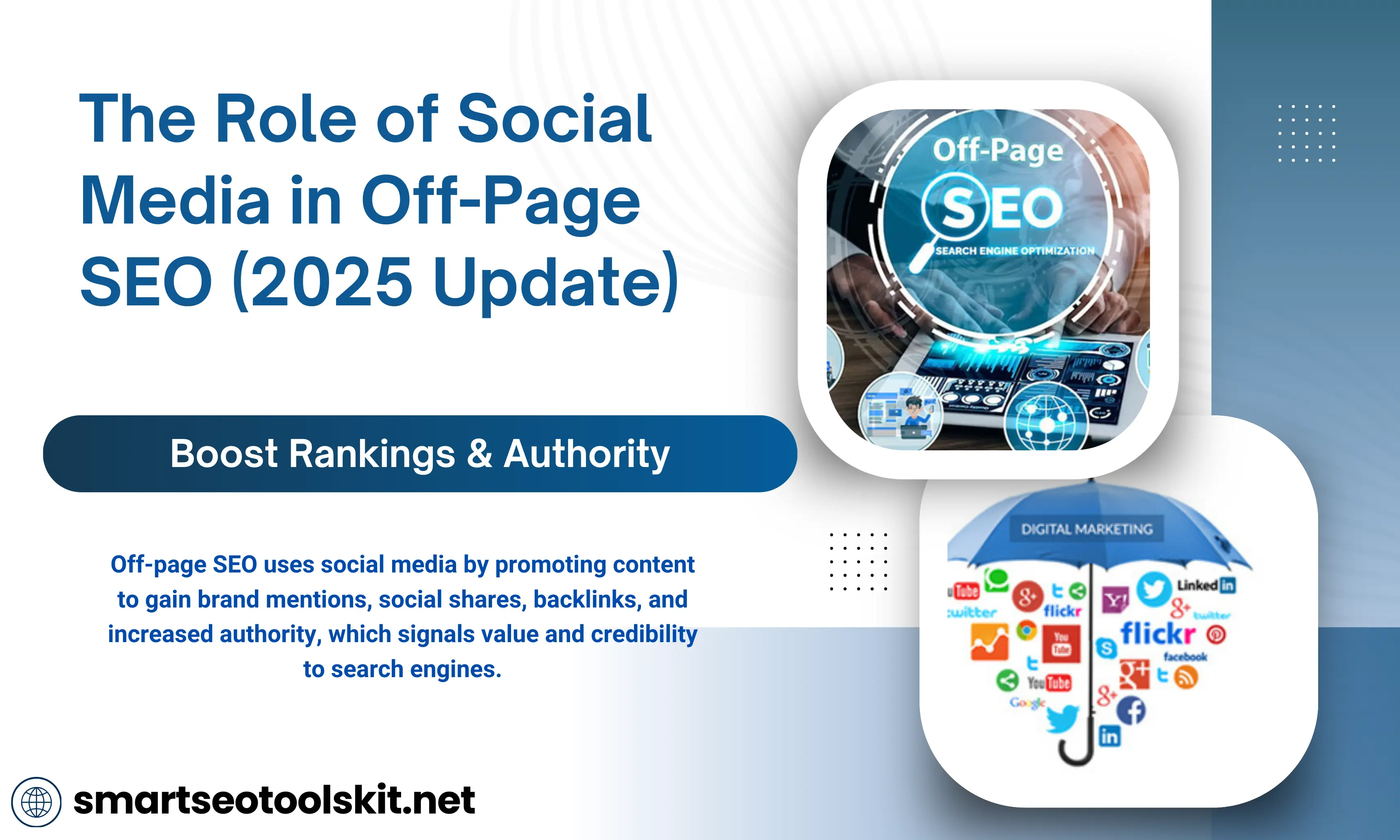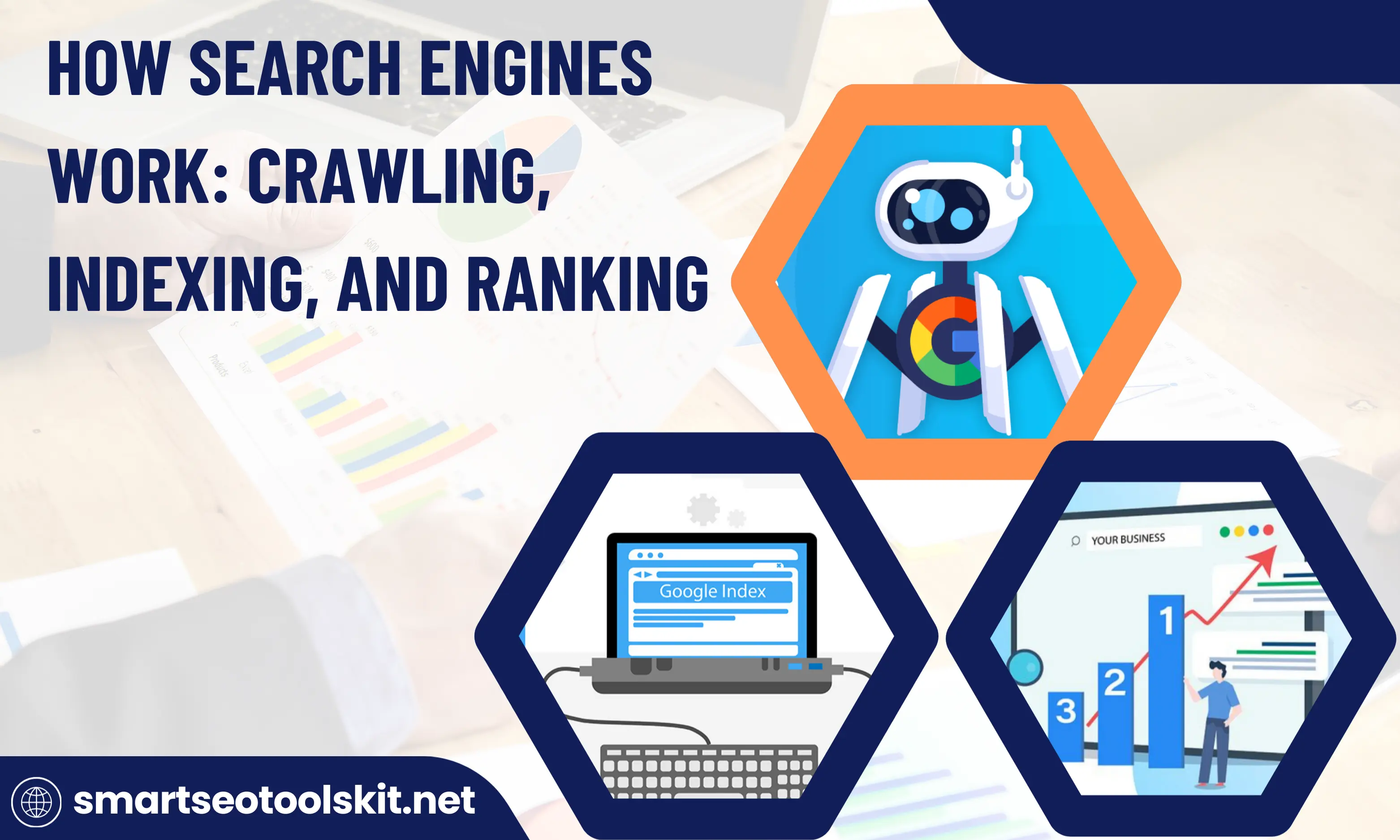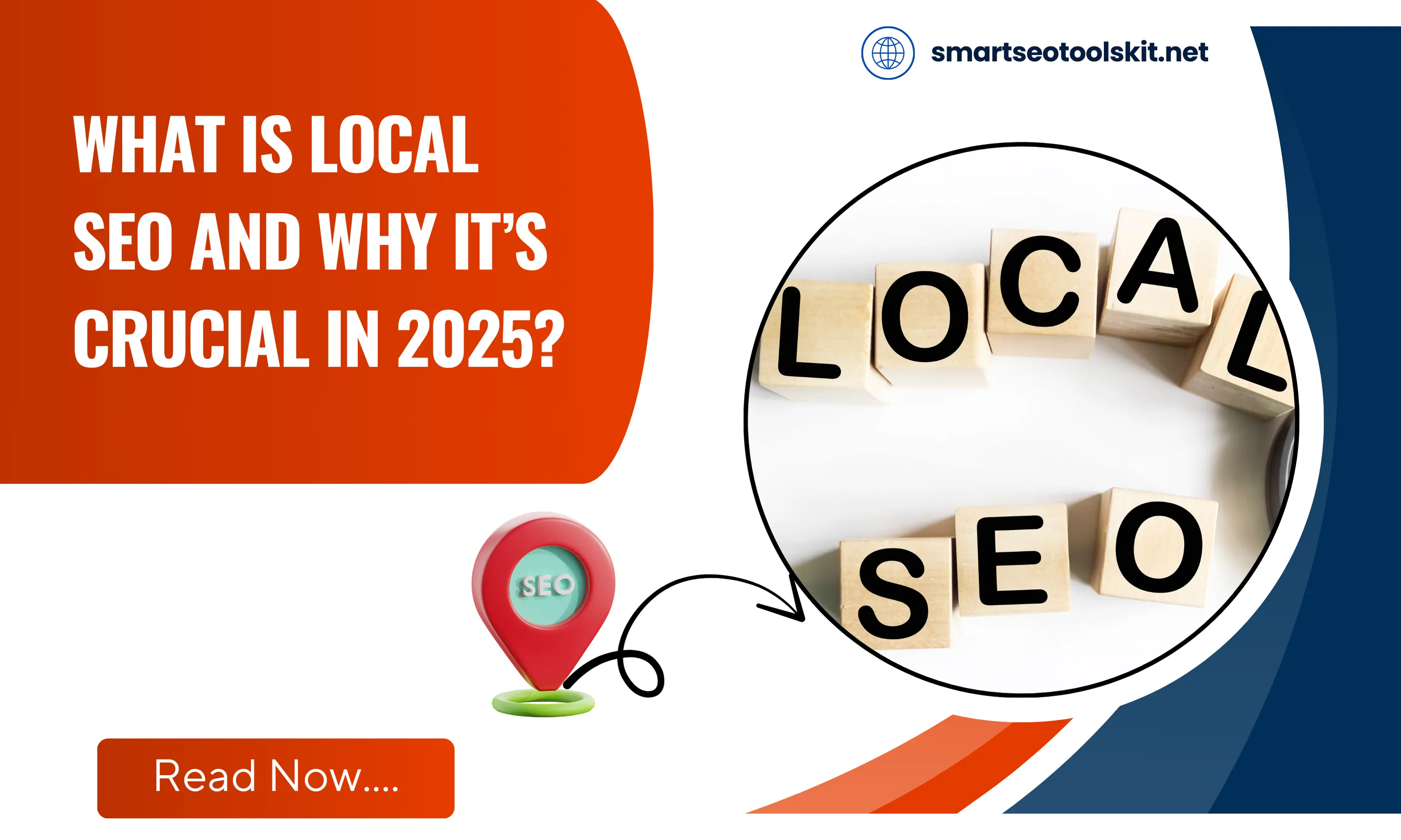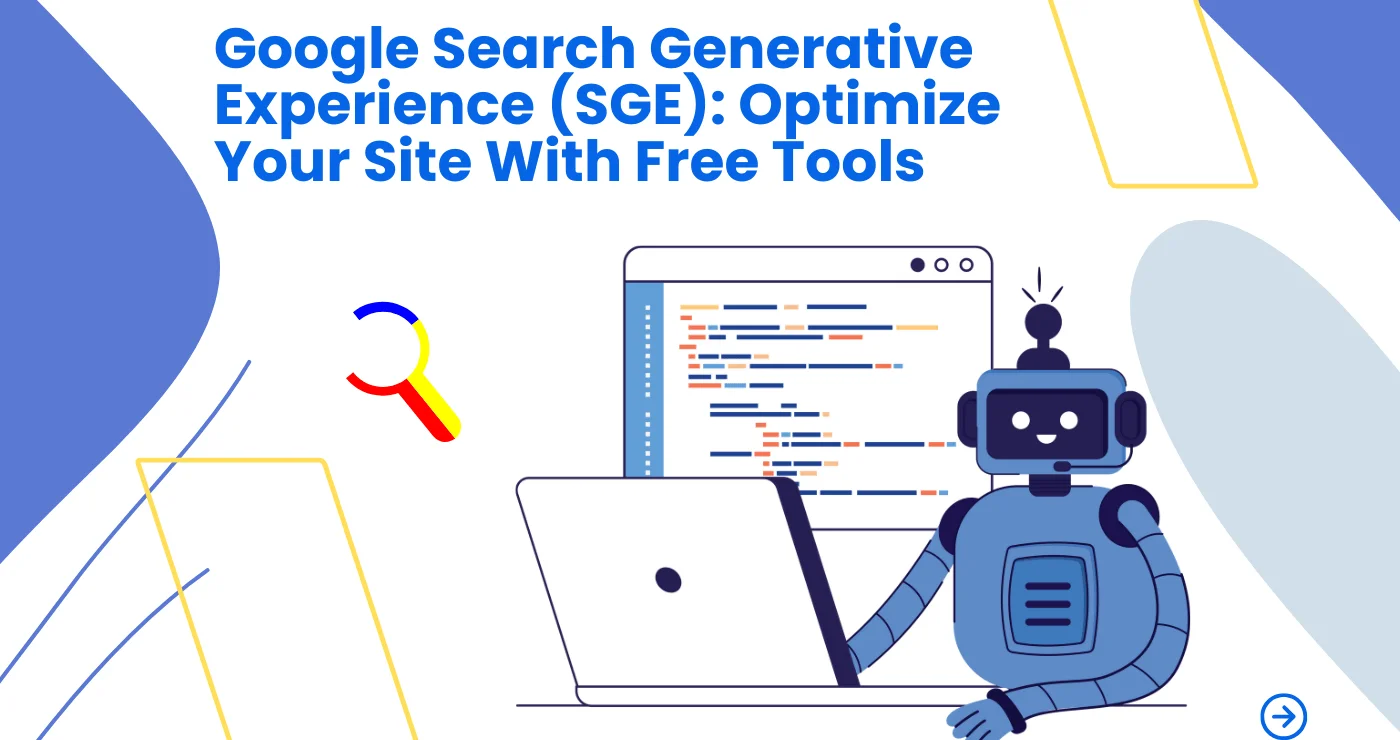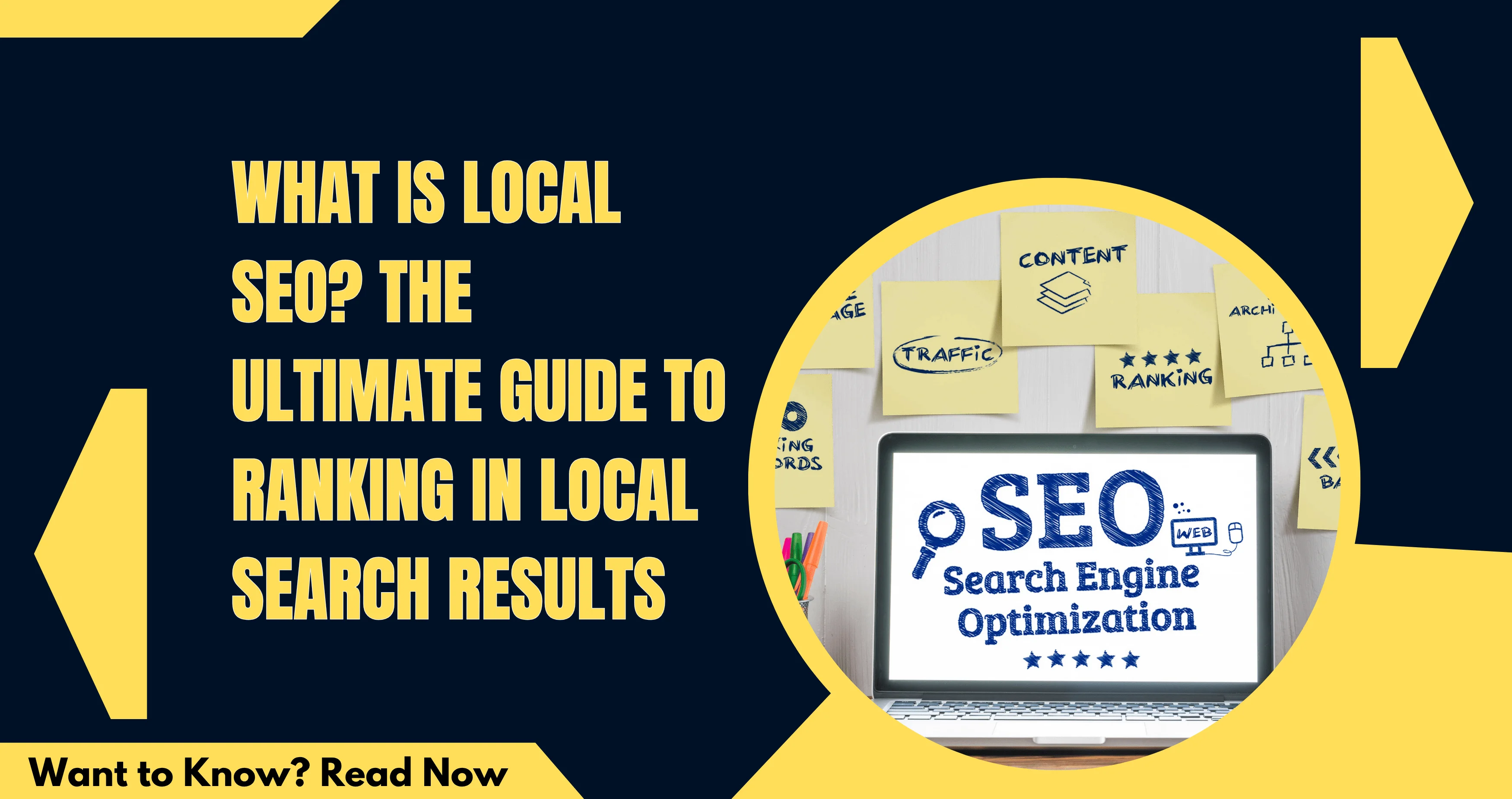Imagine this: You’re searching for “How to create a website for free?” on Google.
Earlier, you’d see a list of blue links—maybe you'd click the first one, maybe you'd scroll down. But now, instead of just links, Google gives you a well-written summary right at the top. It answers your question instantly. You didn't even click anything yet!
This is not magic. This is Google’s Search Generative Experience, or SGE.
Google is becoming more than a search engine—it’s becoming a solution engine, powered by artificial intelligence.
And for people like us—bloggers, website owners, marketers—this means the old SEO rules are changing fast. If you want to stay visible, relevant, and competitive in this AI-driven search world, you need to understand SGE and learn how to optimize for it.
The good news? You don’t need expensive tools. In this blog, we’ll explore how to use 100% free tools to adapt to SGE and grow your traffic.
Let’s break it down, step-by-step.
🧠 What is Google’s Search Generative Experience (SGE)?
Google SGE is an AI feature that shows AI-generated answers at the top of search results. It takes information from various sources on the web and creates a useful summary for the user—without the user even needing to click.
It works like this:
-
You search something.
-
Google’s AI reads through multiple websites.
-
It writes a short paragraph answering your question.
-
That summary appears above the regular search results.
It also offers:
-
Follow-up questions to guide your journey.
-
Clickable links (called citations) to the source websites.
-
Visual elements, like product listings, images, or even video previews.
In simple words, SGE is Google’s attempt to give you everything you need—without making you leave the page.
😬 Should You Be Worried?
If you're a website owner, it may sound scary. After all, if Google is giving users the answer directly, why would they visit your site?
But here’s the truth: SGE still needs high-quality sources.
The AI doesn’t invent content. It picks up the best answers from real websites—just like yours. That means:
-
If your content is useful and clear, it can be featured in SGE.
-
If your site gets linked inside the AI summary, you can still get traffic—sometimes even more than before.
-
If your content structure matches user questions, you increase your chances of being selected.
So don’t be afraid of SGE. Learn how to use it to your advantage.
🎯 Search Intent Has Changed
One major change SGE brings is this: the intent behind a user’s search is more important than the keyword itself.
For example:
-
Old SEO: Focus on the keyword “best SEO tools”
-
New SEO: Focus on solving the user’s problem—“How can I improve my Google rankings for free?”
SGE looks for pages that answer such questions clearly, directly, and completely.
So how do you do that?
Let’s explore the free tools that can help you create content optimized for SGE.
Go In Depth: Why Your SEO Strategy is Failing & How Search Intent Can Fix It
Also Read: How to Find the Search Intent of Your Focus Keywords
🔧 Step-by-Step: How to Optimize for SGE With Free Tools
1. Discover What People Are Asking (Tools: AnswerThePublic, AlsoAsked)
SGE is all about answering real questions.
Use these tools:
-
AnswerThePublic – Visualizes the most common questions people ask about your topic.
-
AlsoAsked – Shows follow-up questions linked to a primary question.
👉 For example, search “SEO tools.” You’ll find questions like:
-
What is the best free SEO tool?
-
How do SEO tools work?
-
Can I rank on Google without paying?
Now use these as subheadings or FAQ sections in your blog.
2. Write Like a Human (Tool: Hemingway Editor)
SGE prefers content that sounds natural and human—not robotic.
Use:
-
Hemingway Editor – It checks for sentence length, readability, and complexity.
📝 Tips:
-
Use short sentences.
-
Write in active voice.
-
Avoid industry jargon.
-
Keep paragraphs 2–3 lines max.
Imagine you’re explaining to a friend. If your content is easy to read, it’s easy for Google AI to summarize.
3. Give Complete Answers (Strategy: Use Google’s ‘People Also Ask’)
When you search anything on Google, you’ll see a “People also ask” box.
💡 These are gold!
Use them to:
-
Build your FAQ section.
-
Add new sections in your content.
-
Expand your topic coverage.
✅ This makes your content more comprehensive—which SGE prefers.
4. Use Long-Tail Keywords (Tools: Ubersuggest, Google Keyword Planner)
While SGE focuses on questions, keywords still matter—especially long-tail ones.
Use:
Search “free SEO tools” and look for longer versions like:
-
“best free SEO tools for bloggers”
-
“free keyword checker for small websites”
Use these in:
-
Titles
-
Meta descriptions
-
Headers
-
Image alt text
-
FAQs
5. Improve Your Website’s Speed (Tools: PageSpeed Insights, GTmetrix)
SGE still considers the basics of SEO—like site speed and mobile responsiveness.
Use:
Fix issues like:
-
Large images
-
Too many scripts
-
Slow server response
-
No caching
🛠 Free tools to help:
-
TinyPNG – Compress images
-
LiteSpeed Cache plugin (for WordPress)
6. Add FAQ Schema Markup (Tool: Google Structured Data Helper)
FAQ schema helps Google understand your questions and answers better. And it increases the chance of appearing in SGE or “People Also Ask.”
Use:
It helps you tag your FAQs in a proper format for Google to read.
If you use WordPress:
-
Install RankMath or Yoast SEO
-
Add FAQ blocks directly
7. Use Clear Headings & Bullet Points
SGE prefers clean formatting.
✔ Use:
-
H2 for subtopics
-
H3 for FAQs
-
Bullet lists and numbered steps
-
Tables for comparisons
-
Bold important terms
The more skimmable your content, the more AI-friendly it becomes.
8. Use Original Images and Name Them Well (Tool: Canva + TinyPNG)
Visual content matters—even for SGE.
Use:
-
Canva to create infographics, how-to graphics, checklists
-
Name your image files with keywords (e.g.,
seo-checklist-2025.png) -
Add ALT text (e.g., “Checklist for optimizing blog for SGE”)
Then compress with TinyPNG before uploading.
9. Monitor Your Rankings (Tool: Google Search Console)
SGE doesn’t yet show separate metrics, but Search Console can show:
-
New queries your pages rank for
-
Drop in clicks (due to SGE taking clicks)
-
What’s working, and what’s not
Use the Performance > Pages > Queries section.
Track monthly, update content accordingly.
10. Update Old Content for SGE
Go back to your older posts and:
-
Add FAQs
-
Fix slow loading
-
Reorganize headings
-
Add images and internal links
-
Refresh outdated data
This way, even existing content becomes eligible for AI summaries.
🔎 A Real Example: Ranking in SGE
Let’s say you have a blog post titled:
“Top 10 Free SEO Tools in 2025”
You can optimize it like this:
-
Start with a short summary (50–80 words)
-
Turn each tool into a heading (H2 or H3)
-
Use bullet points to highlight features
-
Add a comparison table
-
End with FAQs like “Are free SEO tools enough for ranking?”
Now you’ve turned a basic post into a SGE-ready resource
🏁 Final Words: Win the Future of Search
Google’s Search Generative Experience is not the end of SEO. It’s the next chapter.
You don’t need to be scared. You just need to be smart, helpful, and user-focused. Keep your writing clear. Use free tools. Stay curious. Update old posts. Focus on answering questions better than anyone else.
If you do that, SGE won’t replace your traffic. It will amplify it.
You got this 💪
Frequently Asked Questions (FAQs)
Q1: What is Google Search Generative Experience (SGE)?
SGE stands for Search Generative Experience, a new AI-powered feature from Google that appears at the top of search results as a conversational, summary-style response. Google’s AI combines content from multiple websites and gives users a coherent, answer-first overview before regular search listings appear.
Q2: How does SGE affect SEO and website traffic?
SGE often pushes traditional search results farther down or off the first screen, potentially reducing click-through rates for websites—even those ranking in top positions. However, being included as a source in the AI summary can still drive clicks and boost visibility. Optimizing your content for SGE can help maintain and grow organic traffic.
Q3: What types of search queries trigger SGE AI overviews?
SGE is most likely to appear for informational queries—including how‑to questions, step-by-step instructions, comparisons, and complex questions that need context or synthesis. Simple factual searches or queries about local businesses may still show classic search results or map packs instead.
Q4: How can I optimize content to be included in SGE summaries?
To improve visibility in Google SGE, use clear headings, bullet points, and short paragraphs. Add FAQ-style Q&A sections that match "People Also Ask" queries, and apply FAQ or HowTo schema. Ensure your content shows EEAT (Experience, Expertise, Authoritativeness, Trustworthiness) and keep it updated and well-formatted.
Q5: Will I lose clicks if my content appears in SGE?
Not necessarily. While SGE may reduce clicks from traditional search positions (especially if your page isn’t cited), being included in SGE summaries as a trusted source can still attract visitors. Plus, even appearing without a click can increase your brand visibility and perceived authority.
.png)
